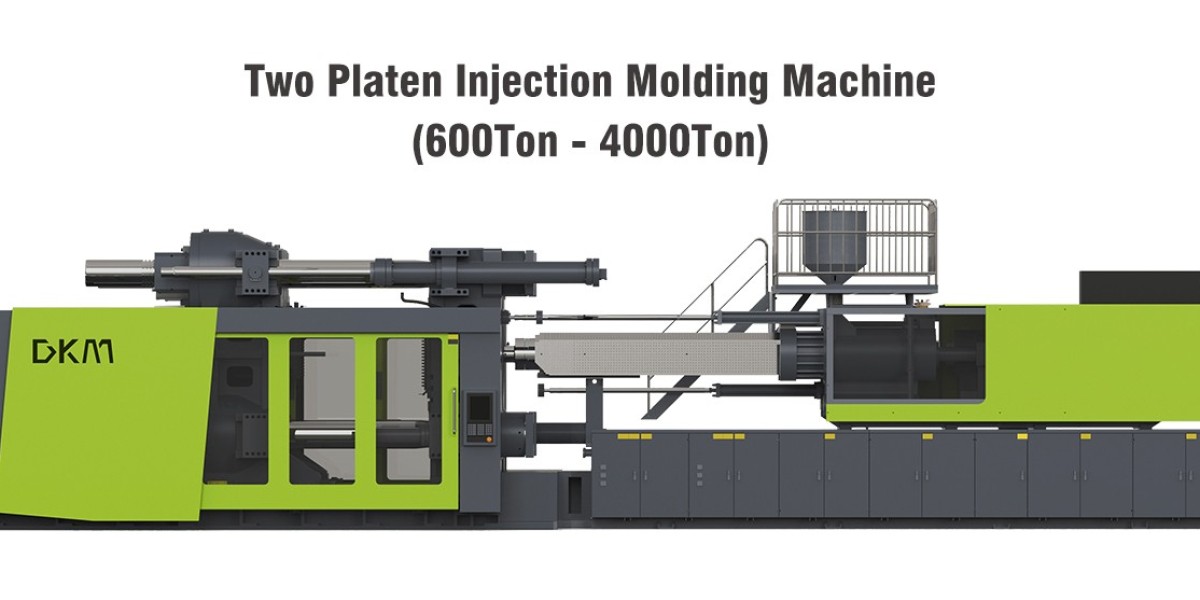Blood collection is a critical aspect of modern healthcare, playing an essential role in diagnostics, treatment monitoring, and medical research. With advancements in technology, the methods used for collecting blood samples have evolved significantly. One of the key innovations in this field is the blood collection tube machine, a specialized device designed to automate the process of producing blood collection tubes. This article delves into the components, functioning, advantages, applications, and future trends of blood collection tube machines.
What is a Blood Collection Tube Machine?
A blood collection tube machine is an automated device used for manufacturing blood collection tubes, which are essential for safely collecting and transporting blood samples for various medical tests. These tubes are typically made of glass or plastic and come with various additives that facilitate different types of blood tests, including serum, plasma, and whole blood analyses.
The machine operates by producing tubes in a sterile environment, ensuring that they are free from contamination and suitable for medical use. By automating the production process, blood collection tube machines improve efficiency, consistency, and safety in the manufacturing of these critical medical tools.
Key Components of a Blood Collection Tube Machine
Material Feeding System: The machine is equipped with a feeding system that automatically supplies the raw materials, such as plastic granules or glass tubes, into the production line. This system ensures a continuous flow of materials, minimizing downtime during production.
Molding Unit: The molding unit is responsible for shaping the raw materials into blood collection tubes. In the case of plastic tubes, this typically involves injection molding, while glass tubes are produced through a process of heating and blowing.
Additive Dispensing System: Many blood collection tubes contain additives, such as anticoagulants or clot activators, to ensure the proper handling of blood samples. The machine is equipped with a dispensing system that accurately measures and adds these substances to the tubes during production.
Sterilization Chamber: To maintain the sterility of the tubes, the machine includes a sterilization chamber that uses methods such as gamma radiation, ethylene oxide gas, or steam sterilization. This chamber ensures that the final product is free from contaminants before packaging.
Cooling and Inspection System: After the tubes are formed and filled with additives, they are cooled to solidify the material. An inspection system follows, using sensors and cameras to detect defects or inconsistencies in the tubes, ensuring that only high-quality products are released for use.
Packaging Unit: The final component of the machine is the packaging unit, which organizes the finished blood collection tubes into sterile packaging for distribution. This system may include automatic labeling and sealing processes to maintain the integrity of the product.
How Does a Blood Collection Tube Machine Work?
The operation of a blood collection tube machine can be summarized in several key steps:
Material Loading: Raw materials, such as plastic granules or glass tubes, are loaded into the machine through the material feeding system.
Tube Formation: In the molding unit, the raw materials are heated and molded into the desired shape. For plastic tubes, the injection molding process takes place, while glass tubes are formed by heating and blowing.
Additive Dispensing: The machine dispenses the necessary additives into each tube as it is formed. This step is critical for preparing the tubes for specific blood tests.
Sterilization: The formed tubes are then subjected to a sterilization process, ensuring that they are free from any microorganisms that could compromise the blood sample.
Cooling and Inspection: After sterilization, the tubes are cooled and inspected for defects or inconsistencies using automated sensors and cameras.
Packaging: Finally, the tubes are packaged in sterile containers and labeled, ready for distribution to medical facilities and laboratories.
Advantages of Blood Collection Tube Machines
The use of blood collection tube machines offers numerous advantages for manufacturers and healthcare providers alike:
Increased Efficiency: Automation of the production process significantly increases the output of blood collection tubes, enabling manufacturers to meet the growing demand for these essential medical products.
Consistent Quality: Blood collection tube machines ensure uniformity in the production process, resulting in consistent quality across all tubes. Automated inspection systems help identify defects early, reducing waste and ensuring high-quality products.
Reduced Contamination Risks: The automated sterilization processes minimize the risk of contamination during production, ensuring that blood collection tubes are safe for use.
Customization: Manufacturers can easily modify the machine settings to produce tubes with different sizes, shapes, and additive combinations, allowing for tailored solutions for various medical applications.
Cost-Effective Production: While the initial investment in a blood collection tube machine may be significant, the long-term cost savings from reduced labor, increased output, and minimized waste can lead to a positive return on investment.
Sustainability: Many modern machines are designed with energy efficiency in mind, reducing the environmental impact of the production process.
Applications of Blood Collection Tube Machines
Blood collection tube machines are widely used in various sectors, including:
Clinical Laboratories: These machines are essential for producing the tubes used in clinical laboratories for routine blood tests, including complete blood counts, blood chemistry analyses, and coagulation tests.
Blood Banks: Blood collection tube machines play a critical role in the production of tubes used for blood donation and storage, ensuring that collected blood is handled correctly.
Research Facilities: In medical research, blood collection tubes are used for studies related to disease prevention, treatment efficacy, and drug development. Blood collection tube machines help produce specialized tubes needed for various research applications.
Diagnostics Companies: Companies that develop diagnostic tests rely on high-quality blood collection tubes for accurate sample collection and analysis. These machines ensure that diagnostic companies have a reliable source of tubes that meet their specific needs.
Challenges in Blood Collection Tube Production
While blood collection tube machines provide numerous benefits, they also face several challenges:
Regulatory Compliance: Blood collection tubes must meet strict regulatory standards for safety and efficacy. Manufacturers must ensure that their machines produce compliant products, which can involve extensive testing and certification processes.
Initial Capital Investment: The cost of purchasing and installing a blood collection tube machine can be significant, making it a considerable investment for some manufacturers.
Technological Advancements: Rapid advancements in technology may require manufacturers to invest in upgrading their equipment regularly to remain competitive in the market.
Supply Chain Dependencies: Manufacturers depend on a consistent supply of high-quality raw materials for tube production. Disruptions in the supply chain can impact production schedules and product availability.
Future Trends in Blood Collection Tube Machine Technology
The field of blood collection tube manufacturing is continuously evolving, with several trends expected to shape the future of blood collection tube machines:
Smart Manufacturing: The integration of IoT (Internet of Things) technology into blood collection tube machines is enabling real-time monitoring and data collection, allowing manufacturers to optimize production processes and improve quality control.
Advanced Materials: The development of new materials, including biodegradable and recyclable plastics, is enhancing the sustainability of blood collection tubes and their production processes.
Customization and Flexibility: As healthcare needs evolve, manufacturers are increasingly seeking machines that can easily adapt to produce various types of blood collection tubes, allowing for quick responses to changing market demands.
Automation and Robotics: The continued advancement of automation and robotics will further streamline the production process, reducing labor costs and enhancing efficiency.
Emphasis on Sustainability: With increasing awareness of environmental issues, manufacturers will focus on producing eco-friendly blood collection tubes and implementing sustainable production practices.
Conclusion
The blood collection tube machine is a vital innovation in the healthcare industry, enabling the efficient and safe production of essential medical tools used in diagnostics, treatment monitoring, and research. By automating the manufacturing process, these machines improve efficiency, consistency, and safety while addressing the growing demand for high-quality blood collection tubes. As technology continues to advance, blood collection tube machines will play an increasingly important role in ensuring that healthcare providers have the necessary tools to deliver accurate and timely medical care. The future of blood collection tube production promises exciting developments that will enhance patient safety and the overall quality of healthcare.









